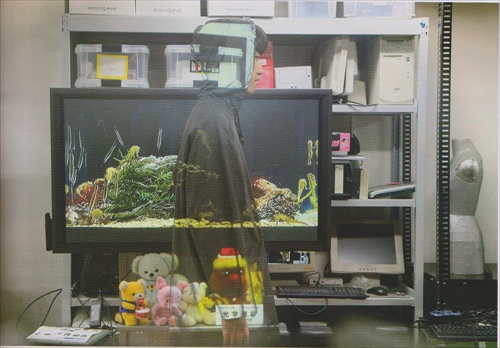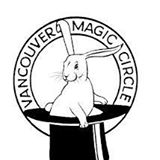Invisible cloth

CLICK picture for more info
"Magic tricks reveal how people think" Revealing the science behind age-old Magic tricks will help us better understand how human see, think, and act, according to Researchers at the UBC (Canada) and Durham University (U.K.)
The Journal Trends in Congnitive Science
Their study in the current online issue of the "Journal Trends in Congnitive Science" concluded that elements of human congnition and perception not yet fully understood by scientists may be clarified by analysing tricks and techniques used by Magicians over thousands of years.
The investigators explored several of the key techniques of the Magic
trade,
categorized as:
- MISDIRECTION.
- ILLUSION.
- FORCING.
Imagin someone who makes an object disapear or successfully predict what you will do next.
These tricks may seem like they defy the law of Physics and Logic, but they are
actually created through a combination of skill and a deep knowledge of human phycology.
The Researchers say their work has long term implications of human
computer interface from online training film and computer graphics to video
games and animation.
Magician's Applied Science.
-
"Persistance of Vision":
Its lag in the Brain's perception of motion.
The bizarre afterimage results
from the fact that visual neurons don't
stop firing even a given stimulus
is no longer present. As a result, our
perception of reality lags behind
reality by about one one-humdredth of a secound.
-
"Saccadic eye movement":
Its rapid but discontinuous focusing of the eyes,
during which visual
awareness is supressed. Neuroscientists think short linear bursts triggers
it.
(move someones arms back and forth in short straight lines).
-
"Sensory after impression":
Press down on a object weared by someone against his/her body,
so that his/her
touch reception adapt to the sensation, making it harder to feel the absence of that object even after it been removed by the Magician.
- マジシャンに必要な心理学・話術・テクニック
サーストンの三原則について
- "予め起こる現象を説明してはならない" - マジックとは、「これから何が起こるのだろう・・・」というワクワク感があるからこそ、観客の方を喜ばせることが出来るのです。マジックの前に何が起こるのかをバラしてしまうということは、事前に話のオチを明かしてしまうようなものです。ある程度テクニックや自信がついてくれば、自分なりのスタイルを貫いてもいいかもしれませんが、初心者の内は、この原則を守ることが無難だといえます。
- "同じマジックを繰り返してはならない" - マジックとは、一度だけ目にしたからこそ最上の美として人の記憶に残るものなのです。同じマジックをもう一度やってほしいと観客から声が挙がるかもしれませんが、決して見せないようにしましょう。しかし同じ現象を何度も見せることで、より不可思議な印象を与えることが出来るアンビシャスカードなどのマジックもございますので、必ずしもこれが正しいとは結論付けられないのも事実です。
- "タネ明かしをしてはならない" - マジックの種は単純なものが多く、タネ明かしをしてしまっては意外性を一気に失ってしまうことになります。場合によっては、「なんだ、そんな簡単なことだったのか」と幻滅されてしまう可能性も考えられます。タネ明かしの瞬間も気持ちのいいものかもしれませんが、マジシャンである以上はマジックだけを披露するようにしましょう。
Magic Mentor Oscar Owen
Wow ! this guy is the Best in the World, amazing Magics yet it takes only few minutes to master, and its FREE.
Strange that no British Magic Association invites him to their Conventions.
Oscar Owen Magic tutorials.

https://www.youtube.com/results?search_query=oscar+owen+magic
Magic Business/Glossary

www.magicianmasterclass.com/business

www.magicianmasterclass.com/glossary












